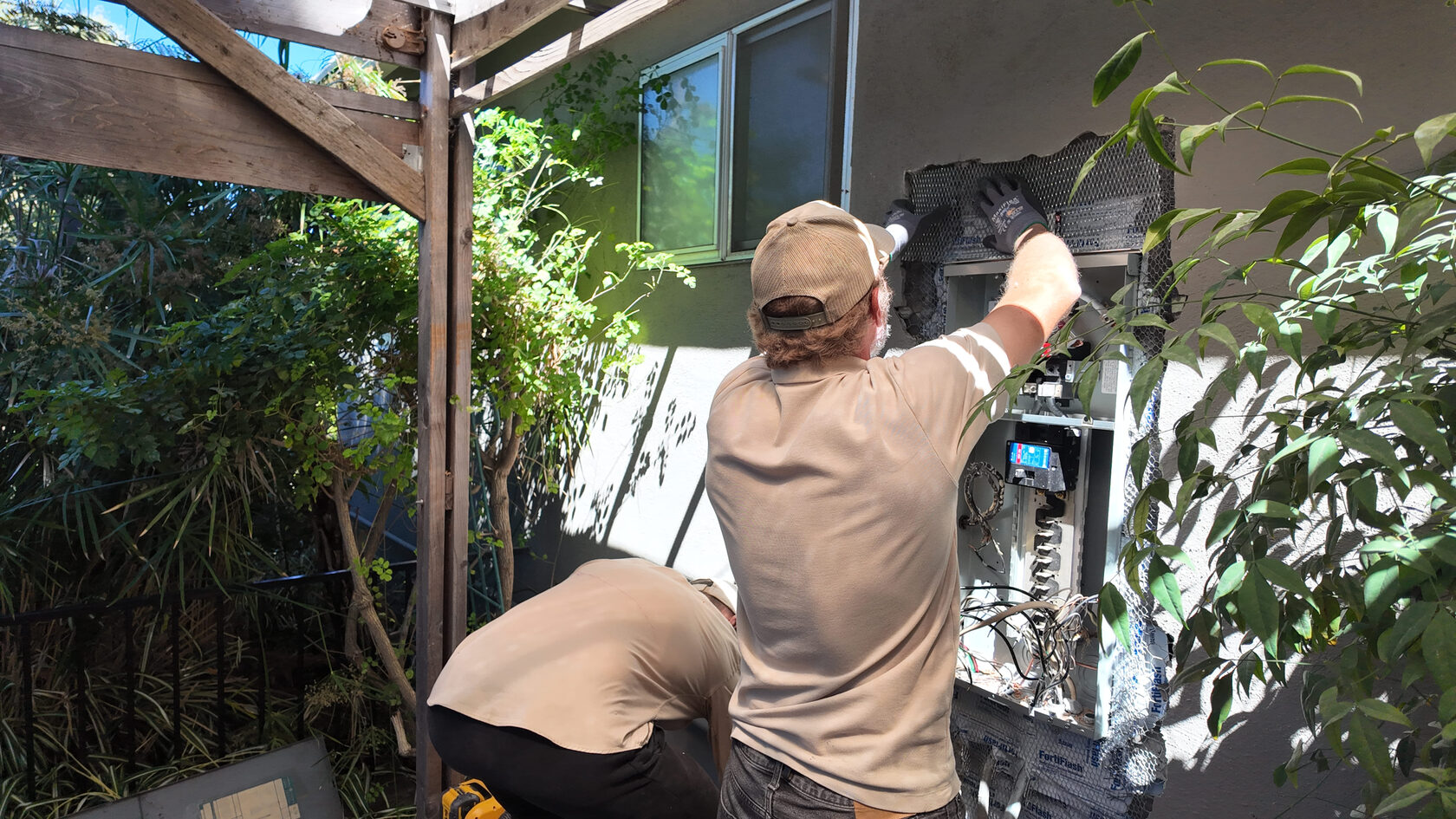Different Types of Motion Sensors and Where to Use Them
Occupancy sensor vs motion sensor is the question that defines the right technology for a smart home or office. Let’s check which is the best exactly for you.
What Is an Occupancy Sensor?
An occupancy sensor detects just a presence. And it doesn't just detect motion; it tracks whether a person (or a cat, who knows) remains in the room.
Occupancy lighting sensors are a perfect fit for offices, bathrooms, closets, and other areas where movement may be minimal. Well, what is occupancy sensor and how does it actually work? For example, you're sitting at your desk—there's hardly any movement, but the lights stay on.
What Is a Motion Sensor?
A motion sensor helps to detect any kind of movement. For example, different types of motion sensors will be a perfect match for people who want to equip their stairs or guarded areas. However, there is just a nuance here. If a person stops moving, the motion sensor “decides” that the room is empty.
If you are planning to install the lighting yourself, you may find our step-by-step instructions, How to Wire in a Motion Sensor Light (DIY Guide), useful.
Different Types of Motion Sensors
There’re lot os different types of motion sensors:
- Passive Infrared (PIR): checks t°C of a body and reacts on any changes.
- Ultrasonic: sends out sound waves and reacts if their reflection somehow changes. Works pretty well in offices and restrooms.
- Microwave: works on the principle of radar. More sensitive, can “see” through obstacles.
- Hybrid: combines two or more methods.
If you are not sure which type to choose, this may seem like a reason to call a specialust. Here are 10 Must-Know Questions to Ask an Electrician Before Hiring from Fuse Service to help you choose the right pro.
Occupancy Sensor vs Motion Sensor: Key Differences
The key occupancy sensor vs motion sensor difference is that the former detects presence and the latter only motion. If a person is just sitting there, a motion sensor can turn off the lights and assume that no one is in the room.
But what is occupancy sensor? They are better suited for offices, bathrooms, bedrooms (where people stay for long periods of time). For example, occupancy sensor lights are the best lighting option for these spaces. Motion sensors are a great choice for corridors, stairs and street lighting. Technically, that's the whole difference.

Choosing the Right Sensor for Your Home or Workplace
Which workplace sensors to choose? It all depends on your needs:
For homes:
- For the hallway: motion sensors
- For the bathroom: occupancy lighting sensors
- For the porch: PIR or microwave motion sensors
For offices:
- For meeting rooms and open-spaces: ultrasonic or hybrid occupancy workplace sensors
- For high-traffic areas: conventional motion sensors
If your primary goal is to reduce your energy costs, it's best to assess the effectiveness of a particular sensor by consulting with an expert in the store. So, check out 20 Practical Tips to Reduce Electric Bill at Home.
Trust the Professionals
The choice between occupancy sensor lights and classic motion sensors depends on your application and space. If you want maximum comfort and precision, choose an occupancy sensor. If you just want to control the light in the hallway or outside, a conventional motion sensor will do.
If you are not sure which different types of motion sensors are okay for your home or office, then just trust the home service professionals. Call us! And don’t miss useful tips, real cases, and smart solutions on our Instagram.
